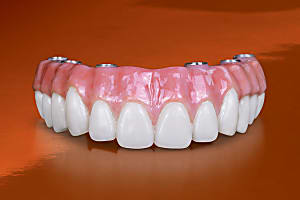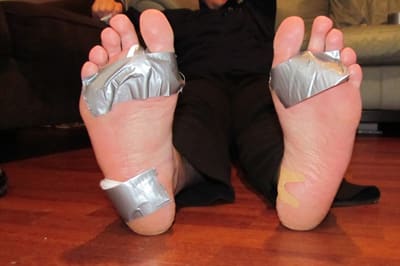The International Food Policy Research Institute recently released an alarming statistics on Global Hunger Index (GHI) wherein India has slipped down to 100. Hunger has decreased by 27% the world over but India has not done well. India’s index is 31.4 which is in ‘serious range category’ on a scale of 100 and points to a nutritional emergency.
GHI score tries to capture multidimensional nature of hunger based on four indicators i.e. child wasting (low weight for height), stunting (low height for age), undernourishment (low calorie intake) and children under-5 mortality.
Severe acute malnutrition
Severe acute malnutrition (SAM) is a form of severe wasting as defined by a low weight for height less than -3 standard deviation on WHO growth charts or a mid-upper arm circumference of less than 11.5cm or nutritional oedema (swelling) on feet in children between 6 months to 5 years. SAM children have nine times increased risk of death compared to normal children. Many a times, there is a precipitating factor like diarrhoea or measles in the baby due to poor water and sanitation conditions or poor immunization, besides dietary inadequacy.
Stunting means the child has chronic, long drawn nutritional insult — probably due to food inadequacy as well as specific nutrient deficiencies — and is not acute.
Children with SAM are categorized into two groups — comprising nearly of 90% with good appetite and no medical complications; and remaining 10% with medical complications, without appetite who need hospitalization (mortality in such children is high).
Studies in Maharashtra
In Maharashtra, statistics show stunting has decreased from 46.3% to 34%, underweight cases down from 37% to 36%, under-5 mortality decreased from 46% to 29%. However, wasting has increased from 16.5 to 25.6%.
The study (done by Maharashtra government in collaboration with UNICEF & Tata Trust) comprised around 11,000 children screened over two years and found with SAM.
The first group received C-RUTF (Commercial-Ready to Use Therapeutic Feed) manufactured as per WHO standards, produced by Amul in India. This feed — available in 100gm sachet giving 550 calories — comprising 30gm peanut paste, 29gm sugar, 20gm milk, 18gm oil and micronutrients.
The second group is L-RUTF (Locally-prepared Ready to Eat Therapeutic Food). In this group, the food had nearly the same constituents as Group 1, but groundnut, milk powder, sugar & oil were mixed in a ‘mixer’.
The third group was given ARF (Amylase Rich Food) prepared by anganwadi workers using sprouted wheat, green moong, dried and ground & added with milk powder, oil & sugar. This group was given ARF as a hot cooked fresh food & multivitamin syrup giving 420 calories.
A total 7,714 children (3,570C-RUTF, 2,005 L-RUTF and 2,139 ARF children) completed the 8-week treatment. It was observed that 50.4% children recovered in group 1, 37.15% in group 2 and 36.8% children in group 3. This difference was statistically significant and proved that RUTF worked better. Maximum side effects in the form of diarrhoea and vomiting were observed in Group II.
Authors: Dr Mrudula Phadke, senior advisor to govternment, UNICEF, Dr Uday Bodhankar, international president Comhad, UK, Dr Pramod Jog, professor, DY Patil Med College, Pune
 Doctors, activists and students participated in the Marathon and Walkathon to create awareness about breast cancer on Sunday
Doctors, activists and students participated in the Marathon and Walkathon to create awareness about breast cancer on Sunday Doctors, activists and students participated in the Marathon and Walkathon to create awareness about breast cancer on Sunday
Doctors, activists and students participated in the Marathon and Walkathon to create awareness about breast cancer on Sunday



